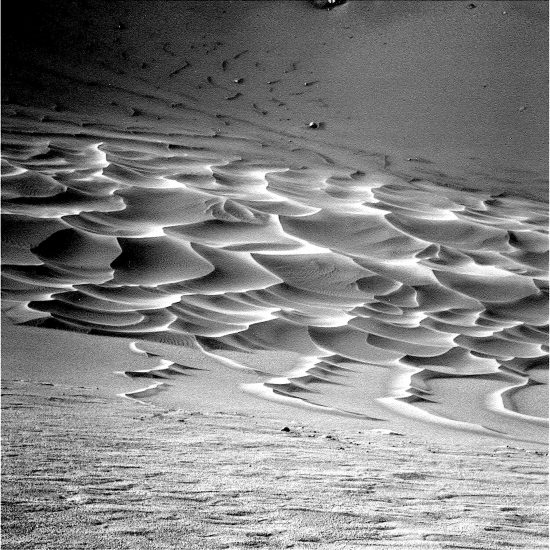
May 24, 2019
Was Mars resurfaced by electric arcs?
Evidence for powerful electric arcs discharging to the surface of Mars was discussed in previous Pictures of the Day. That evidence can be seen in sinuous rilles, terraced craters, ripples in canyons, giant mesas with Lichtenberg “whiskers” and steep-sided ravines wending through landscapes dotted with circular uplifts
If the destruction of Mars took place in the presence of planetary lightning bolts, and was not the result of ice or water moving across the surface, should ideas about similar phenomena on Earth be reconsidered?
One of the most important questions about other planets is whether water is present in any significant amount. Since water sustains Earth’s ecology, it is presumed that water is essential for life on other planets. Satellite-based imaging systems around Mars are there to look for evidence that water exists, or has existed in the past.
Mars is thought to be covered with a global layer of permafrost, because the annual mean temperature of the soil is about minus 50 Celsius. It is far colder in the northern and southern latitudes – so cold that carbon dioxide gas freezes into a solid and blankets the terrain with dry ice. In fact, the Phoenix lander stopped transmitting because it was buried in three meters of dry ice during the Martian winter. Therefore, say planetary scientists, any water “must be” bound up with thick icy soils or locked in frigid underground vaults, because the atmosphere is thin enough for water-ice to sublime directly into vapor and vanish.
The Viking mission orbiter hinted at some large geological structures that looked like they might be of periglacial origin. The resolution of the Viking cameras was too low for any specific details to be analyzed, however. On Earth, glaciers are theorized to create characteristic varves, moraines and loess. Each type of deposit seems to require that mountains of ice, acting like slow-motion bulldozers, push enormous mounds of soil and rock ahead of their billion-ton flanks. In so doing, the gravel and sand is supposed to be sorted by the glacial movement and piled-up into distinctive formations.
As NASA investigators speculate, what else besides glaciers could act with compressive force and sort material into cohesive layers? On Mars, other factors must be included: the formations are morphed into “dunes”, with deep channels etched into their slopes.
The dunes on Mars are often blackened, possibly due to the vast electric discharges that created them. When electricity passes over a solid body, such as a planet, the current pulls charged material from the surface where the arc makes contact. Neutral dust and stones will be pulled along with the ionized particles, as well.
The Martian atmosphere is 100 times thinner than Earth and 75 degrees colder, on average. However, its dust storms are far larger and are accompanied by multi-kilometer high vortices, or “dust devils”. When the Viking spacecraft landed on Mars, planetary scientists were surprised by all the suspended dust.
NASA scientists studied the dust devils in Arizona in order to understand what causes them on Mars. They discovered an electric field up to 10,000 volts per meter associated with dust devils on Earth. This means that, on both planets, they are an atmospheric electric discharge phenomenon similar to the electric winds produced by air ionizers. Perhaps it is ionic winds that are changing the shape of Martian dunes.
The electrical interpretation explains the topography dominating Mars. Electromagnetic forces between Birkeland currents constrained to a surface will force them into alignment. Ionic winds can lift material and carry it along in the direction of the current flow. Where a discharge channel bifurcates, the branches tend to remain parallel to each other and may rejoin. Orthogonal coronal discharges from parallel Birkeland currents generate dune ripples.
Stephen Smith












